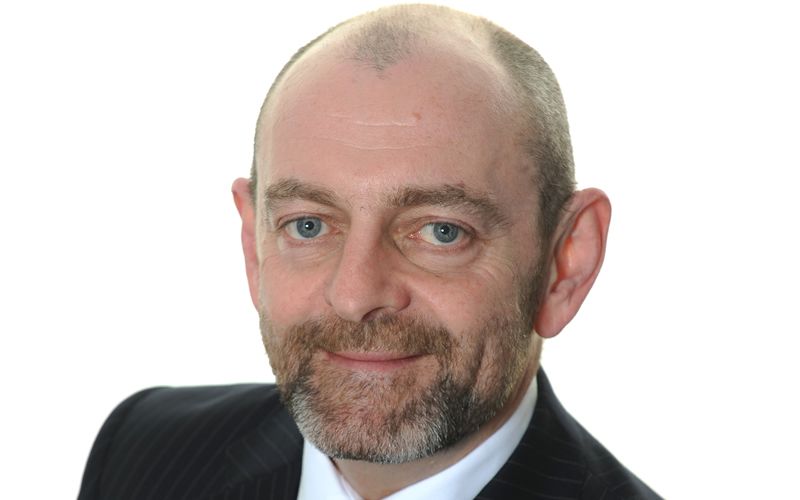
Published Thursday 26 August 2021 at 15:41
Our Director of Public Health and Wellbeing, Professor Dominic Harrison, has written another column for the Lancashire Telegraph.
Read it here:

Published Thursday 26 August 2021 at 15:41
Our Director of Public Health and Wellbeing, Professor Dominic Harrison, has written another column for the Lancashire Telegraph.
Read it here: